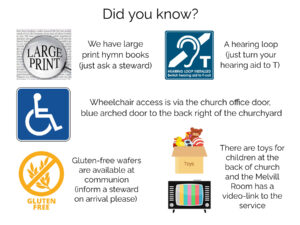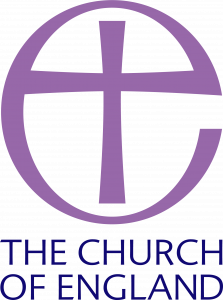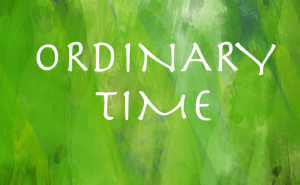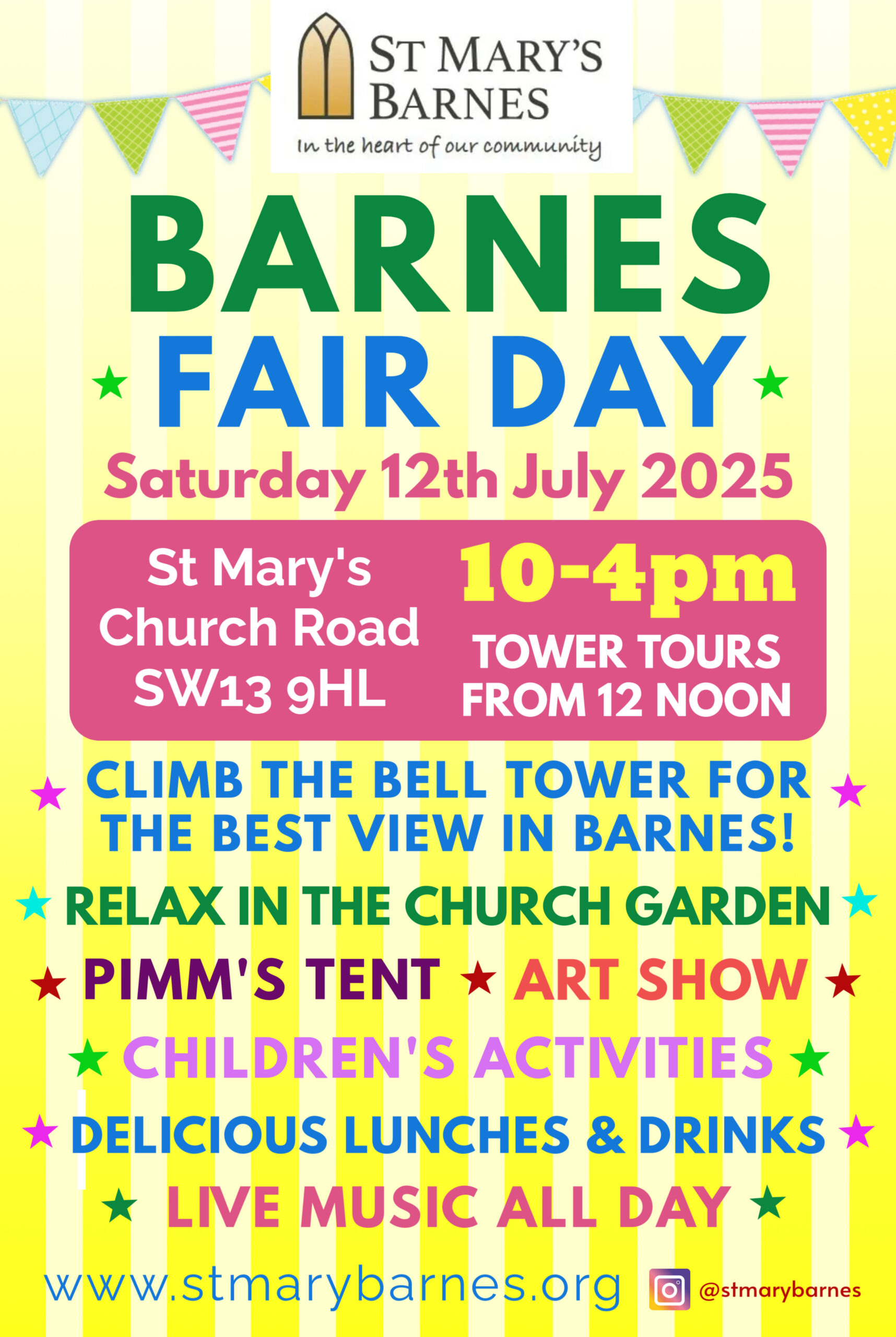The purpose of the Church’s liturgical calendar is to help us to meditate on God’s work of salvation as principally expressed through the life, teaching, death, resurrection and ascension of Christ.
Each year the Church journeys through the year with Christ by observing the seasons of Advent, Christmas, Epiphany, Lent, and Easter but the longest of all seasons is Ordinary Time. But there is nothing ordinary about “Ordinary Time”. It is not about being common or mundane. The word derives from the word “ordinalis” which refers to numbers in a series and stems from the Latin word ordo from which we get the English word “order”. Thus Ordinary Time refers to the ordered life of the Church and in this context means the Sundays between Epiphany and Lent and between Pentecost and Advent other than special festivals such as All Saints. In this season, which includes the whole summer season, we celebrate Christ’s life and teaching celebrating his presence amongst us even today transforming our lives.
The liturgical colour of the season is green which is expressive of creation. Like the foliage that is used to set off flower arrangements to best advantage, greenery is beautiful in its own right but is there also to highlight the beauty that surrounds it.
Online Church at St Mary's Barnes
Our main services are normally streamed to YouTube.
Click the icon below to access St Mary’s Barnes YouTube channel

View details of this week's services








